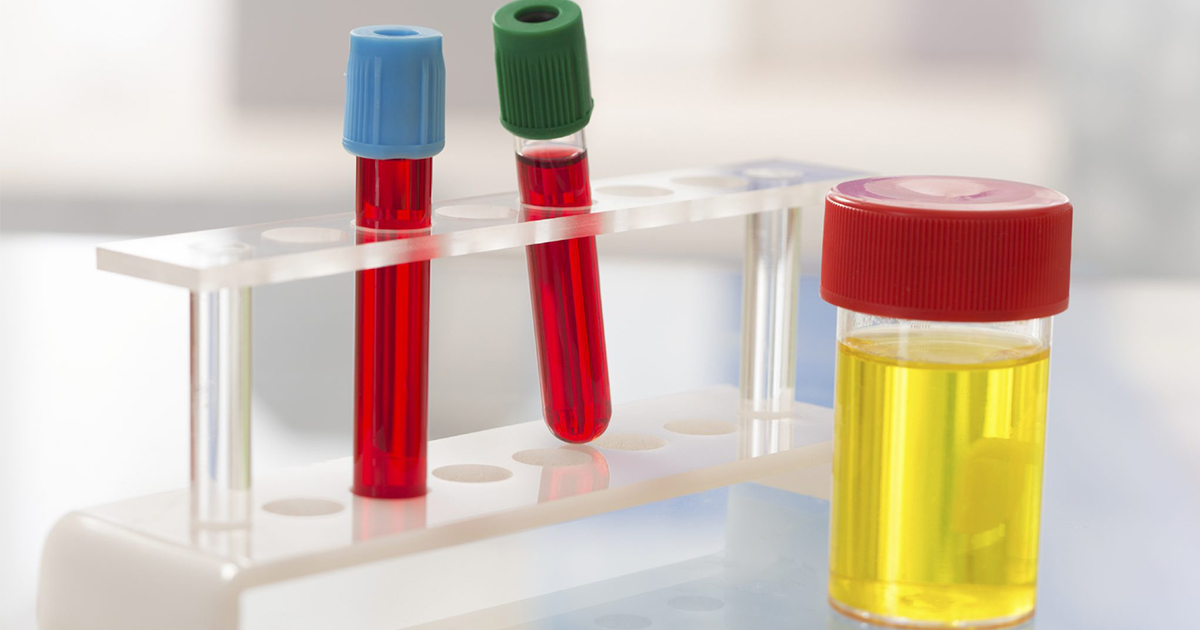Foamy Urine: A Key Target in Chronic Kidney Problems

The presence of excess protein in the urine plays a vital role in understanding and managing chronic kidney problems. It serves as a significant indicator of kidney damage and is closely linked to the progression and severity of chronic kidney problems.
In healthy individuals, the kidneys act as filters, preventing the loss of essential proteins while eliminating waste products. However, when the kidneys are damaged, the filtering mechanism becomes compromised, resulting in the leakage of proteins, particularly albumin, into the urine.
Abnormality of protein amount present in the urine serves as a key marker in diagnosing and monitoring kidney problems, including chronic kidney problems. It indicates the presence of kidney damage and provides valuable insights into the severity and progression of the health conditions. Elevated levels of protein in the urine reflect the impaired filtration function of the kidneys, highlighting the need for further evaluation and intervention.
The presence of excess protein is commonly assessed through a urine test, which measures the amount of protein present in a person’s urine sample over a designated period. The test may also evaluate the protein-to-creatinine ratio, which helps determine the severity of the condition. Persistent or increasing levels of protein presented in the urine indicate ongoing kidney damage and can aid in the early detection and diagnosis of chronic kidney problems.
Controlling protein leakage is one of the crucial aspects of managing chronic kidney problems and slowing its progression. Various interventions aim to reduce protein leakage, including lifestyle modification, blood pressure control, and pharmacological therapies. Additionally, dietary changes, such as reducing salt and protein intake, can also help manage protein leakage.
To conclude, protein leakage plays a vital role in chronic kidney problems serving as an indicator of kidney damage and a target for managing the condition. Its presence signifies impaired kidney function and can contribute to the progression of chronic kidney problems. By implementing strategies to control protein leakage, healthcare professionals can help slow the decline of kidney function and improve long-term outcomes for individuals with chronic kidney problems.
- * All research and clinical data should be used as reference purposes only, results may vary.




